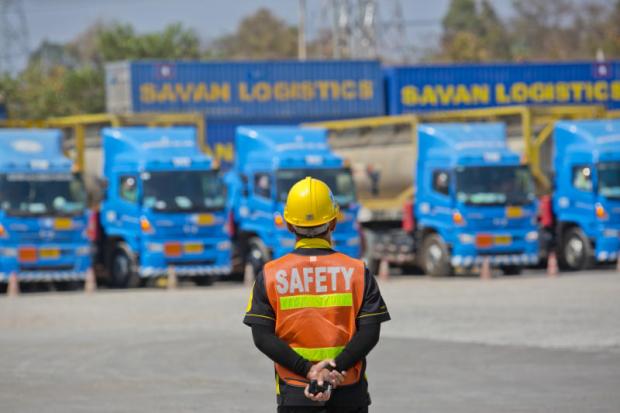
Laos's special economic zone is expected to become part of a planned cooperation pact between Thailand and China linking their flagship Eastern Economic Corridor (EEC) and Kunming SEZ.
Connecting these zones will establish a supply chain and production hub for Asean, according to Industry Minister Uttama Savanayana.
"China has confirmed its plans to link its Kunming SEZ with Thailand's EEC, and it also wants to add Laos's SEZ to the project to make the three zones parts of a major supply chain supporting many industries in the area," Mr Uttama said.
China seems convinced that Laos's SEZ in the southern part of the landlocked country could play a key role as a production centre.
China's Kunming SEZ and Thailand's EEC are designed to accommodate high-tech industries and embrace the digital economy, while Laos's Savan-Seno SEZ is geared towards heavy industries, Mr Uttama said.
"This would strengthen the region, with Thailand being in the centre of a consolidated supply chain offering full technological support and also housing special zones for heavy industries with investment privileges," he said.
The Savan-Seno SEZ is located on the Lao side of the Mekong River in Savannakhet. Developed in 2003, the SEZ spans nearly 6,000 rai separated into heavy industrial, export, logistics and tax-free zones.
The Lao government offers investors many privileges, and companies from China, Malaysia, Japan, Australia, the Netherlands and Thailand have taken advantage.
Mr Uttama said China is due to initiate talks about the project next month to work out the action plan to link all three zones.
He said the plan suited China's One Belt, One Road policy, aimed at creating the world's largest economic platform, and was also in line with Thailand's trade and connectivity policy.
Apart from promoting high-tech investment in the EEC, the Thai government also continues to promote and support small and medium-sized enterprises (SMEs).
"Next week, the Industry Ministry will meet the Bank of Thailand and private sector representatives to figure out more ways of supporting Thai SMEs," Mr Uttama said.
The government currently offers financing through the SME fund under the Pracha Rat project (worth 20 billion baht), SME transformation loans (15 billion baht) and the SME fund under the Office of SMEs Promotion (3 billion baht).